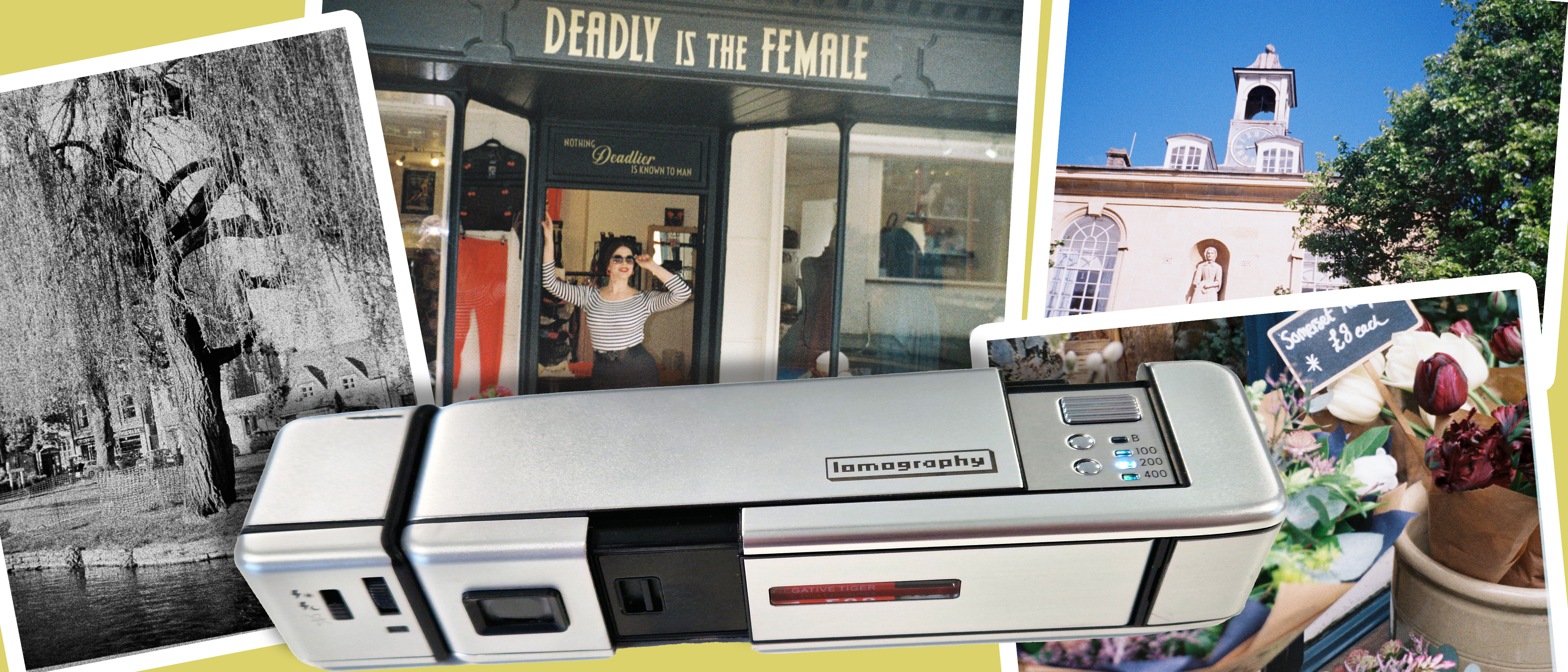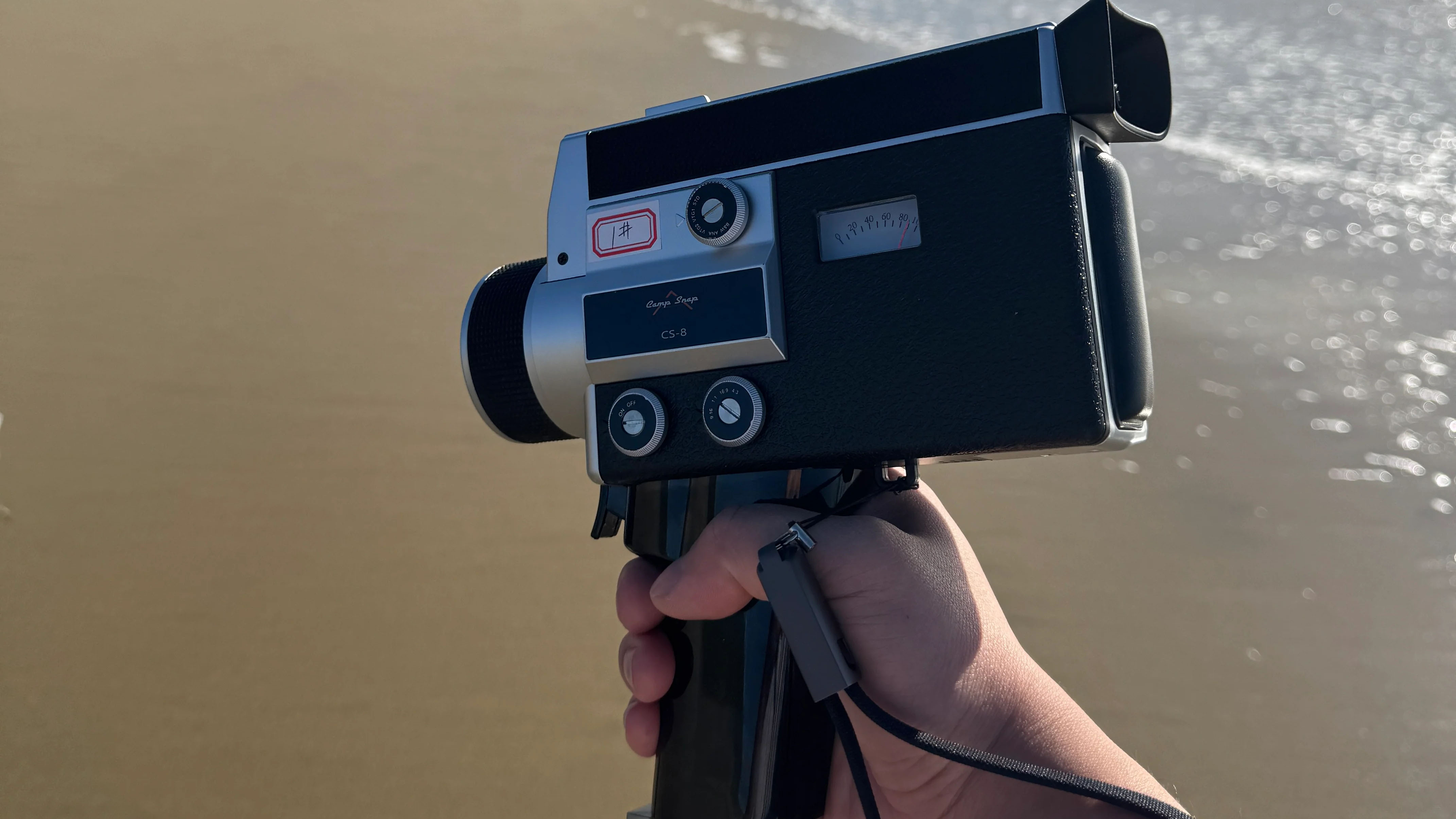Digital Camera World Verdict
Looks great with fantastic retro styling but awkward to use, fiddly settings and it isn’t the cheapest way to get on the vintage 110 bandwagon. Still, there is a decent range of funky film stocks, loading and unloading is easy and the glass lens helps give decent results under bright lighting conditions.
Pros
- +
Great build quality
- +
Easy to load cartridges
- +
More control than you think
- +
Lots of retro-flavoured film stocks
Cons
- -
Pricey
- -
Handling isn’t great
- -
Setting focus distance is fiddly
- -
Film advance mechanism is sticky
Why you can trust Digital Camera World
The Lomography Society International has been flying the flag for retro-style film photography since being founded in 1992 and actually re-introduced the 110-cartridge film format itself in 2012. That same year saw Lomography launch two 110 format cameras in the shape of the Fisheye Baby 100 and the Diana Baby 110. Since then, the popularity of film formats, especially the funky, retro styles offered by Lomography, has increased significantly.
What Lomography is selling is not so much an outdated format, but a lifestyle where creativity, fun, and retro colors are more important than any technical quality. This brings us to the Lomomatic 110 Camera Metal, and its sister camera, the Lomomatic 110 Camera Golden Gate. As the names suggest, the Metal one, looked at here, comes in a high-quality metal body, while the Golden Gate has a cheaper build quality but has beige and orange, 1970s-style coloring.
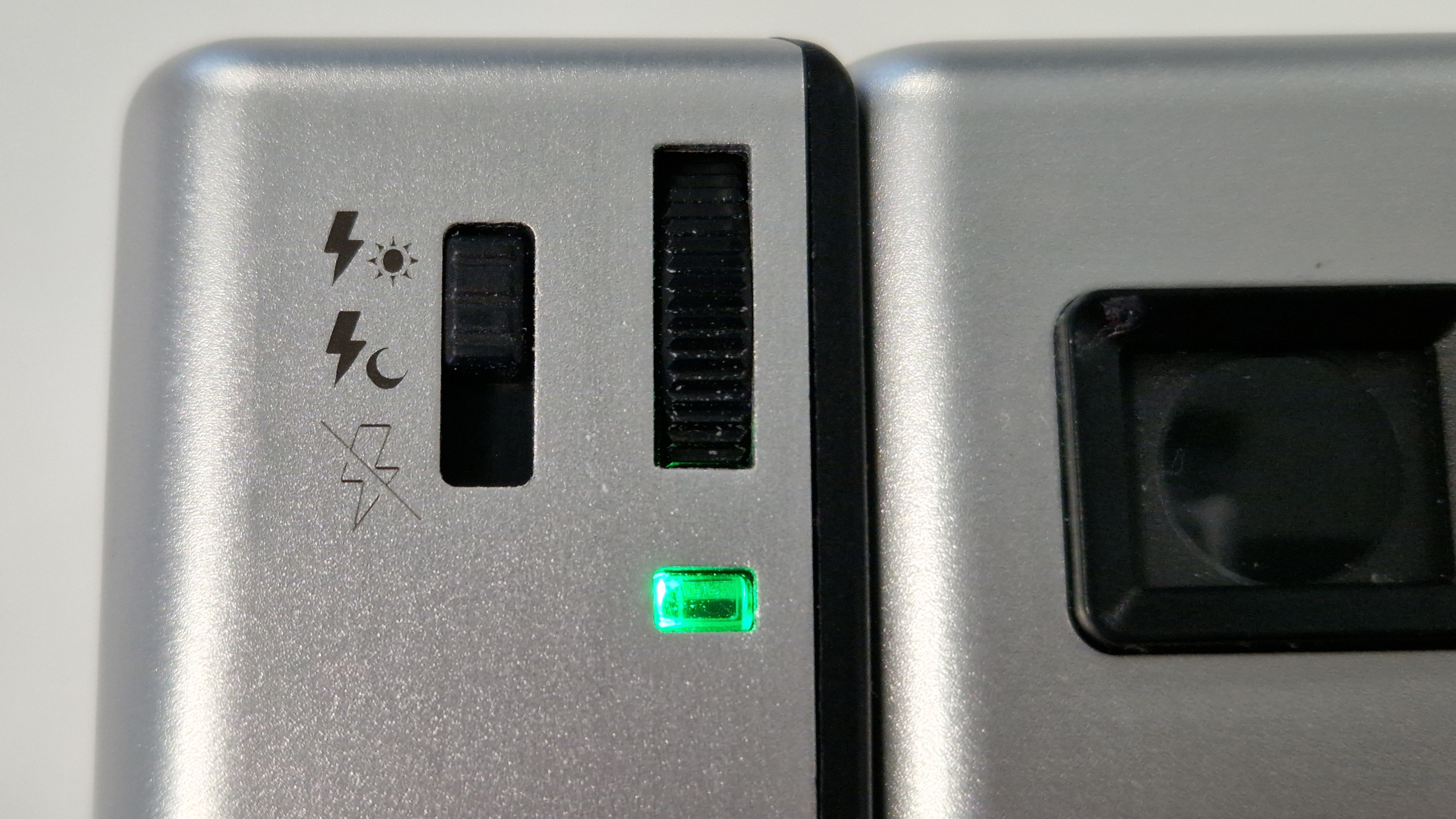
Lomomatic 110 Camera: Specifications
| Film format | 110 |
| Lens | 23mm Minitar CX glass |
| Available apertures | f/2.8, f/5.6 |
| Shutter speed | Auto - 30s to 1/250sec, Bulb - up to 30secs |
| Flash | Optional Lomomatic 110 Flash |
| ISO settings | ISO 100, 200, 400 |
| Focus settings | 0.8m, 1.5m, 3m, infinity |
| Multiple exposure | Yes |
| Battery | 1 x CR2 |
Lomomatic 110 Camera: Price and availability
At $159 / £149, the Lomomatic 110 is expensive considering you can pick up vintage 110 film cameras for under $50. However, the Golden Gate version without the flash is a slightly more reasonable $99 / £89.
Lomomatic 110 Camera: Build and handling
No complaints about the build quality of the Lomomatic 110 Metal, it has a rock-solid case and quality glass lens. It looks and feels good to hold but actually using it throws up a few issues.
To start with, the method of turning the camera on and advancing the film isn’t infallible. You simply pull it open, side to side, and snap it shut again. However, on the return when closing, it often catches, requiring the process to be repeated. Sometimes it appears to have taken a photo but actually hasn’t, so the film doesn’t advance.
The other main complaint is that the fire button is too recessed and close to the buttons that set Bulb exposure and the ISO rating. Consequently, it’s all too easy to press the wrong thing and stand there wondering why it didn’t click. This is especially the case when rotating the camera vertically and makes for truly ungainly handling.
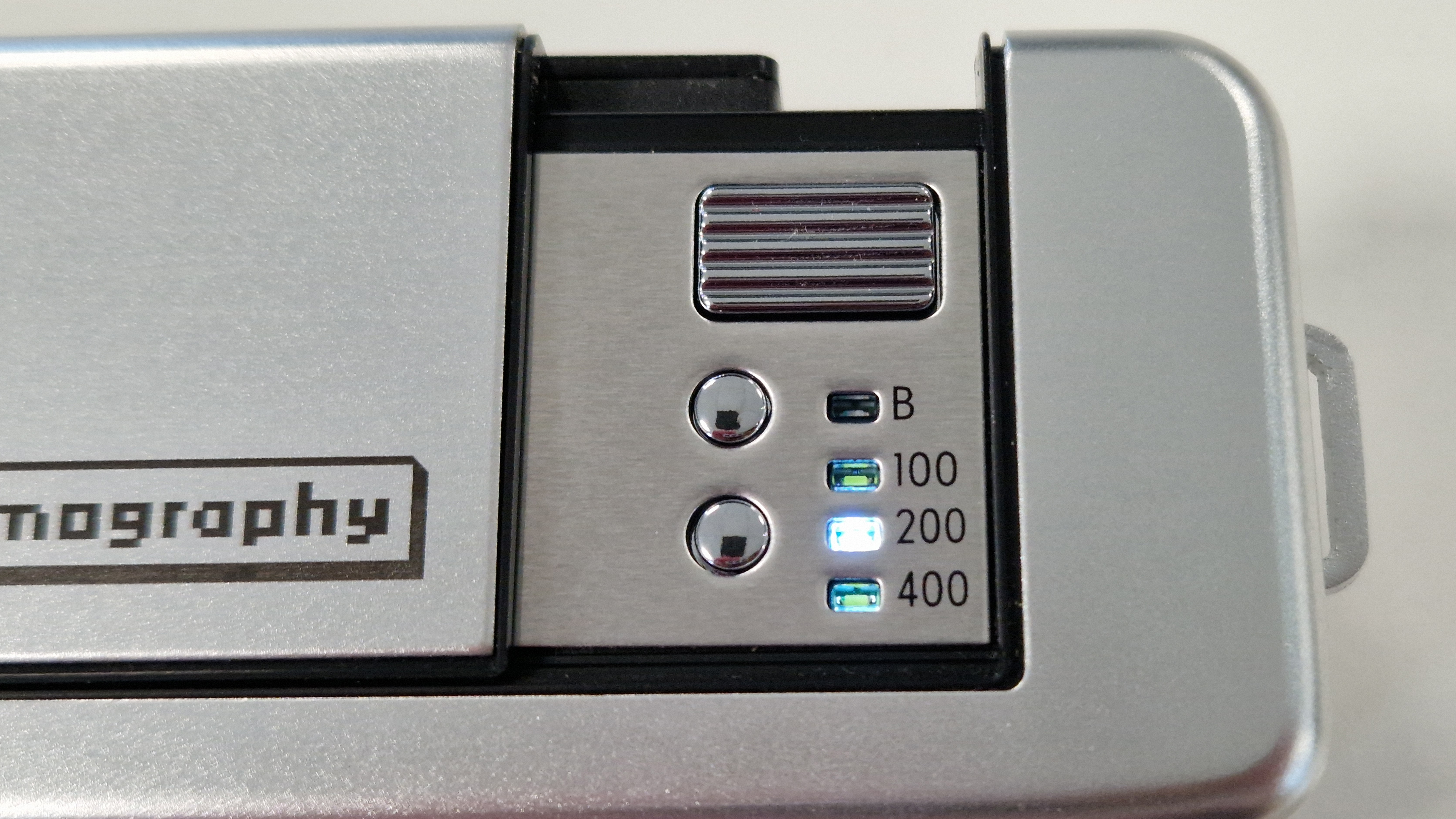
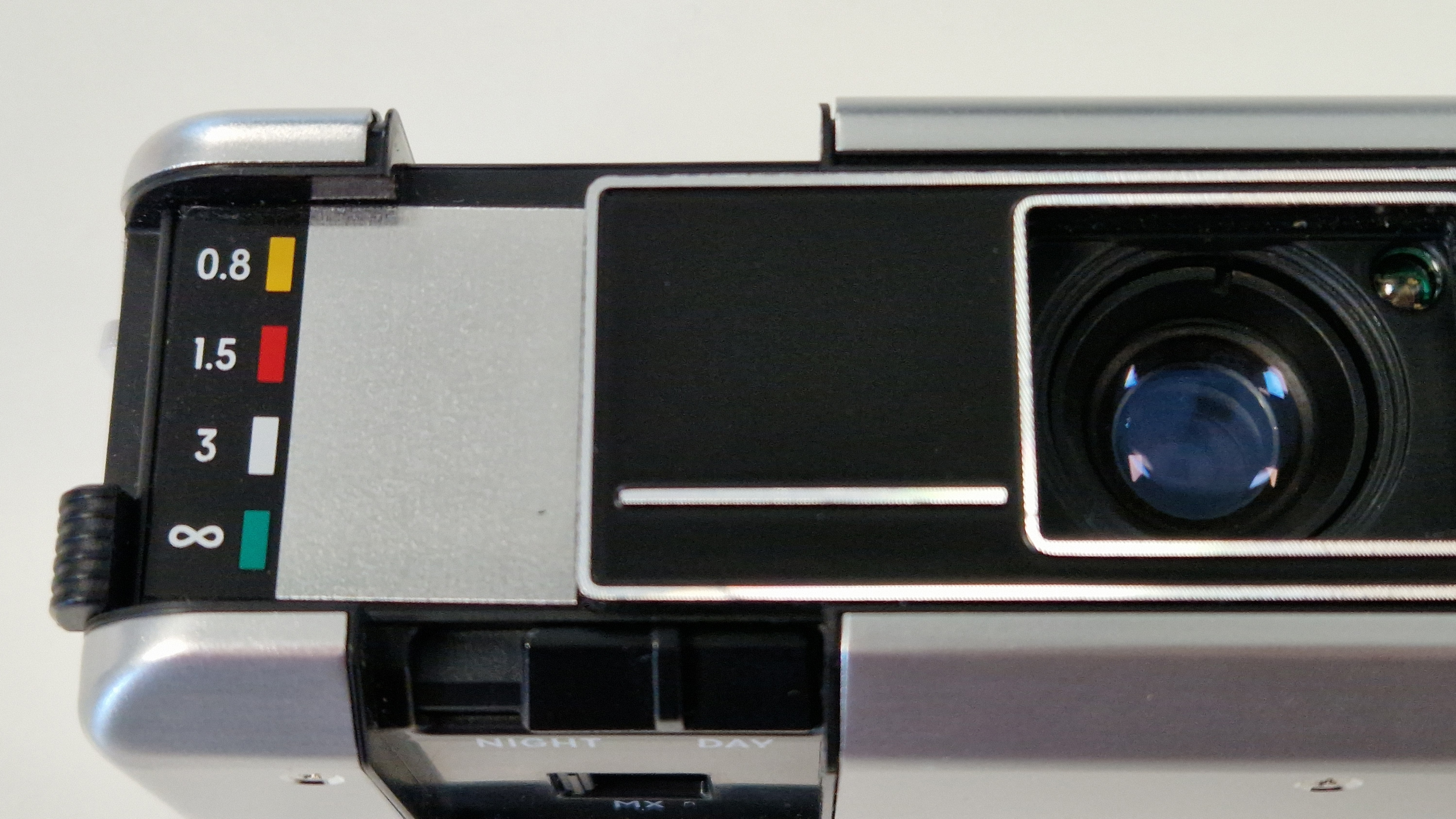
The obvious space limitations of such a compact body also mean that the other controls are not the most accessible, particularly the Day/Night aperture slider which is on the underside.
The optional flash fits on the side and feels like it should rotate, increasing the creative possibilities, but unfortunately, it doesn’t. The setting slider for fill-flash in the daytime and full flash for nighttime is also recessed far too much making it more difficult to use than it should be.

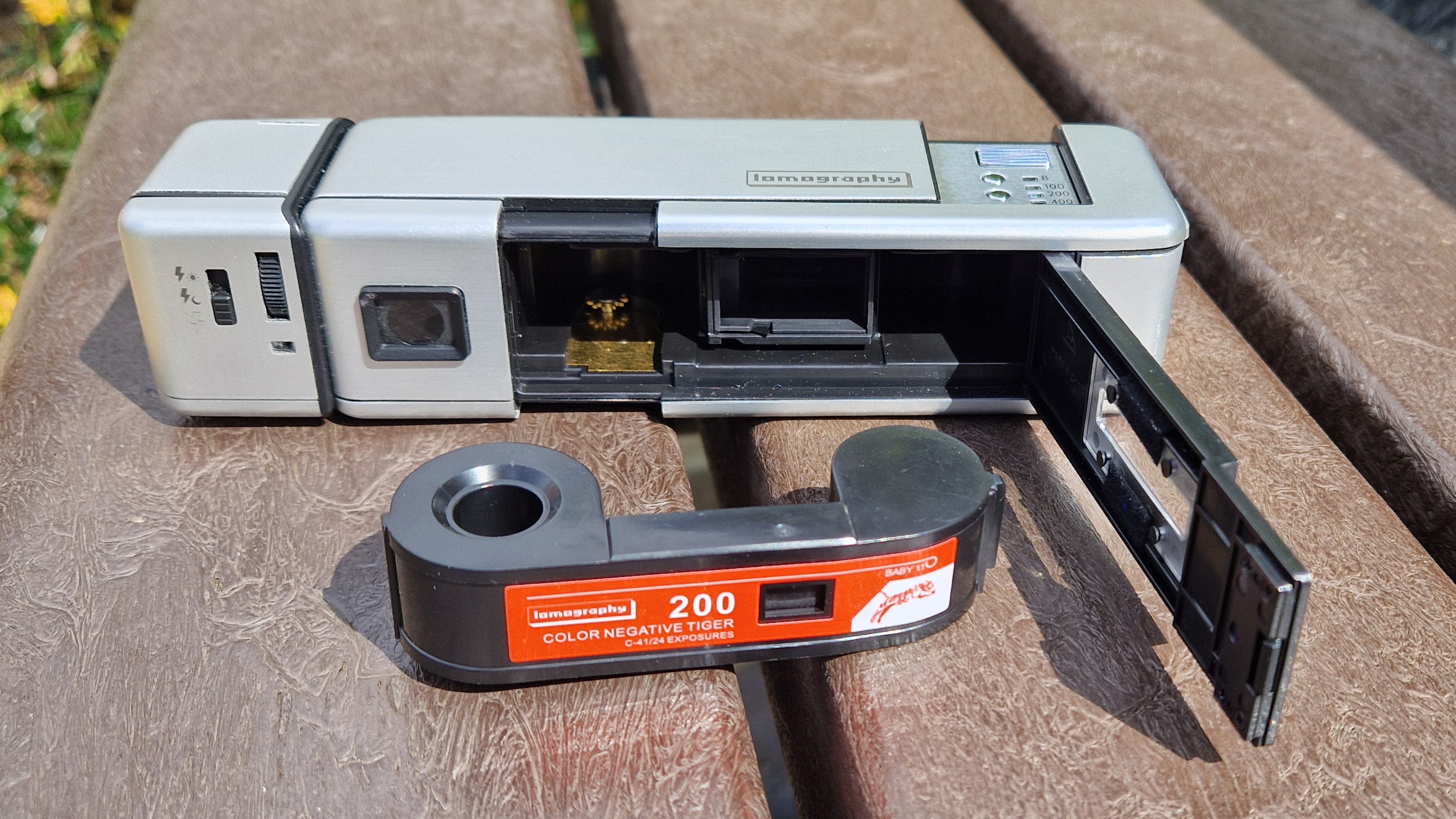
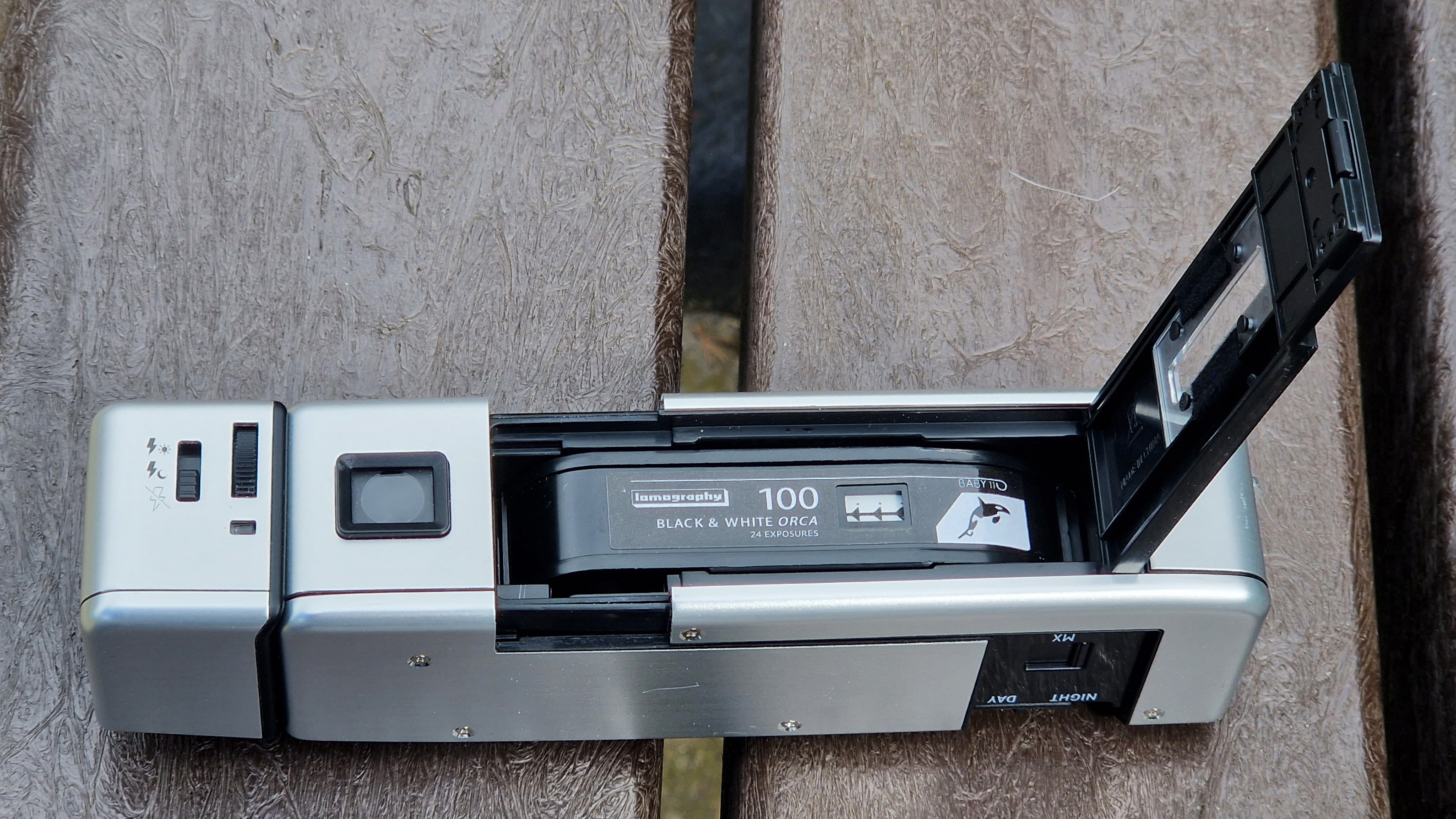
Lomomatic 110 Camera: Performance
For a camera that styles itself as fun and creative, it’s a lot more fiddly than you might expect. The film advancing issue is one thing, but if you’re less than 3m away there’s that mental calculation involved in estimating the distance and then setting the right distance on the focus slider.
Obviously, being a bit out of focus is part of the charm but there are limits. The focal length of the lens is 23mm, but the film is much smaller than 35mm, so that translates into a viewing and shooting distance of around 50mm (in 35mm terms).
It means that it’s far more suited for portraits than it is for landscape shots. If you want to photograph something like a building, church, monument, and so on, you’ll need to stand some way back to get it all in the shot.

Having an aperture slider to select between Day and Night, for which read f/5.6 and f/2.8 is handy, giving a bit more control over the depth of field but the metering is easily fooled by bright skies and backlit subjects.
Fortunately, there’s a workaround here, in that the ISO setting can be changed at any time, so if the film is rated at ISO 200 and you switch the setting to 100, it lets in more light, which is useful for backlit subjects, although if the subject is a person then you’re better off using the flash - if you have it. Judging whether to change the ISO setting comes down to the experience of using the camera as, obviously, there’s no immediate feedback here.
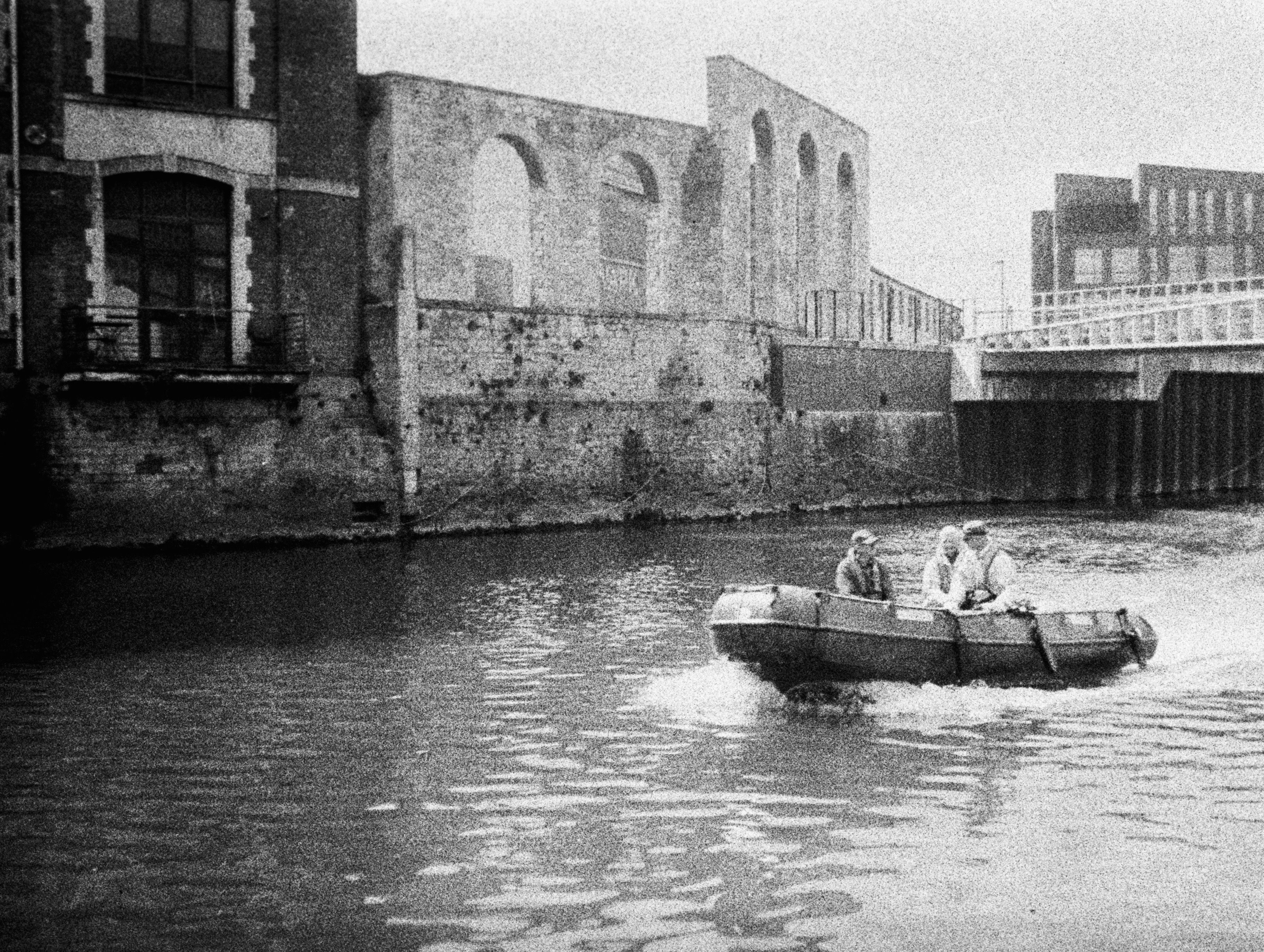
The other area where experience comes into play is if the light is murky, but it isn’t night time. With the shutter being set automatically, there’s a reasonable chance of camera shake in gloomy conditions, more so if you are still on the Day aperture setting. Knowing how the camera performs under various lighting conditions will help deliver better results, but the initial set of prints is likely to have a few duds in there.
The other, related issue is using the Bulb setting because there’s no screw thread for a tripod. Fortunately, the body has a flat base, so find a flat surface to shoot from and all will be well. If not, then the results will be blurry.
Lomomatic 110 Camera: Sample Images
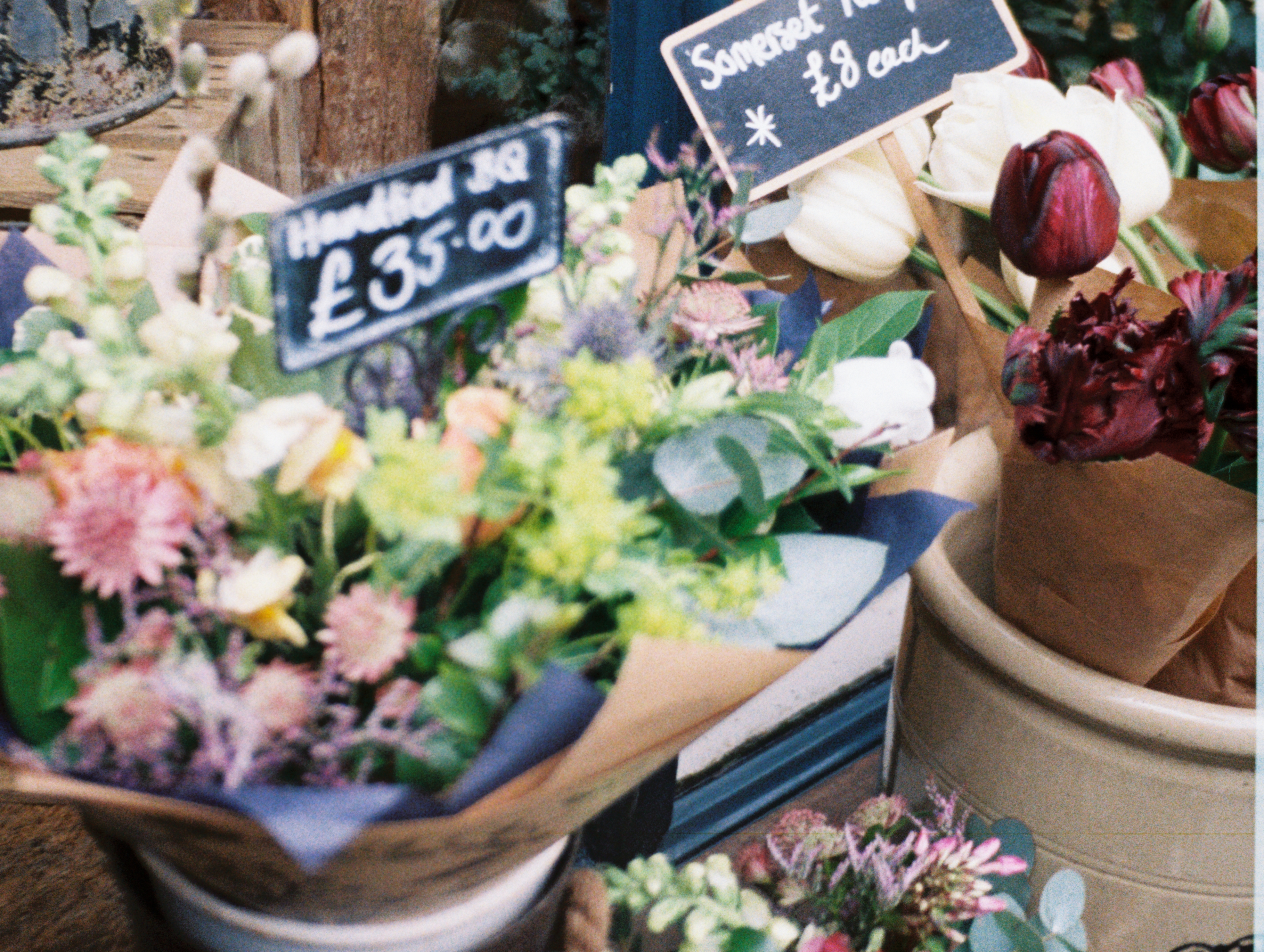
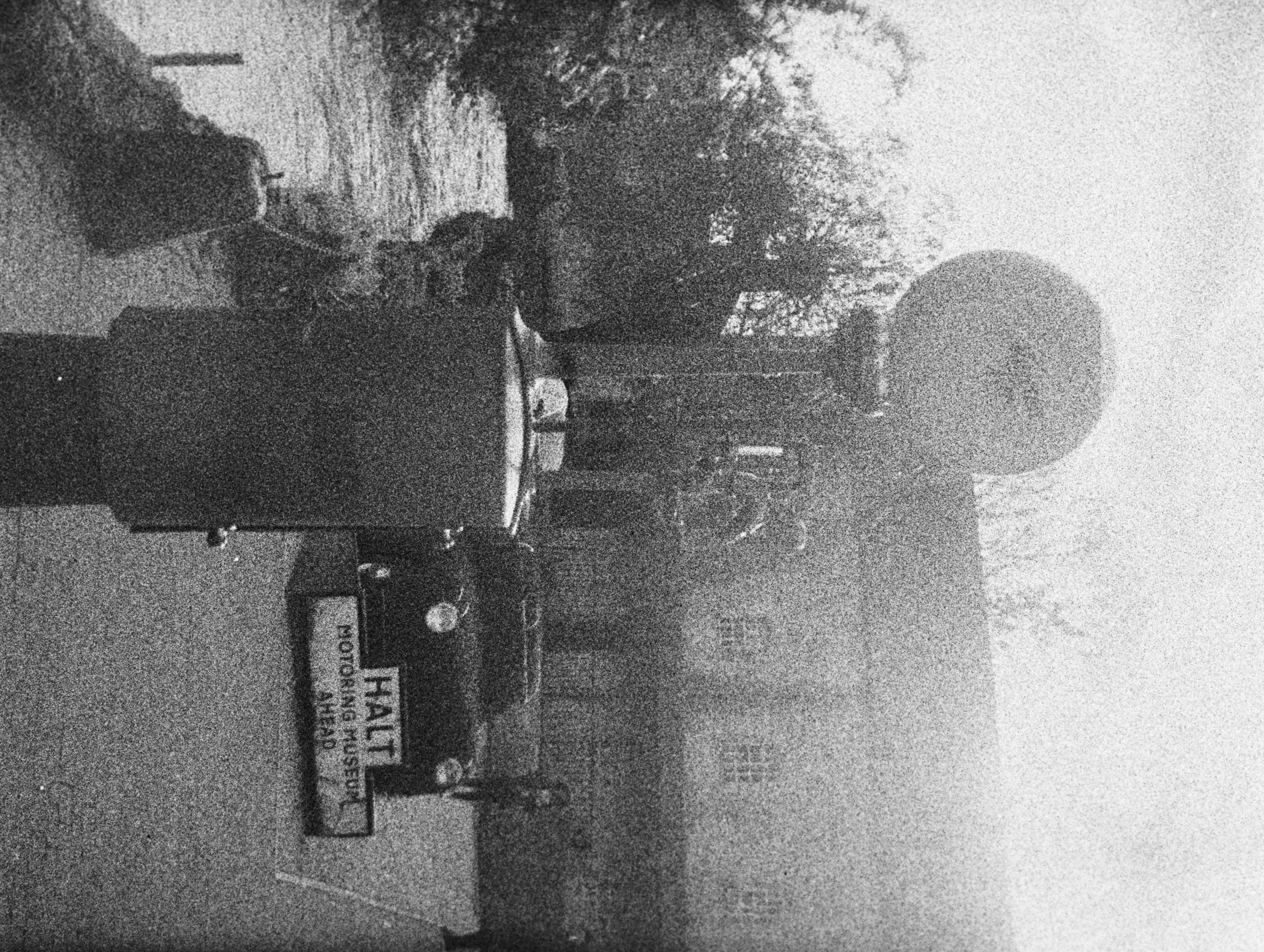





Lomomatic 110 Camera: Verdict
Looks great with fantastic retro styling but is awkward to use, has fiddly settings and it isn’t the cheapest way to get on the vintage 110 bandwagon. Still, there is a decent range of funky film stocks, loading and unloading is easy and the glass lens helps give decent results under bright lighting conditions.
| Features | Has more control and features than you might expect | ★★★★☆ |
| Design | A triumph of style over handling | ★★☆☆☆ |
| Performance | Just about what you were hoping for | ★★★☆☆ |
| Value | Not the cheapest way to get into 110 film | ★★☆☆☆ |

✅ But it...
- You want a pocket-sized camera that goes anywhere
- High quality finish and excellent pose value
⛔️ Don't but it...
- If you’re on a budget
- Are primarily photographing landscapes

Wendy was the Editor of Digital Photo User for nearly five years, charting the rise of digital cameras and photography from expensive fad to mass market technology. She is a member of the Royal Photographic Society (LRPS) and while originally a Canon film user in the '80s and '90s, went over to the dark side and Nikon with the digital revolution. A second stint in the photography market was at ePHOTOzine, the online photography magazine, and now she's back again as Technique Editor of Digital Camera magazine, the UK's best-selling photography title. She is the author of 13 photography/CGI/Photoshop books, across a range of genres.
